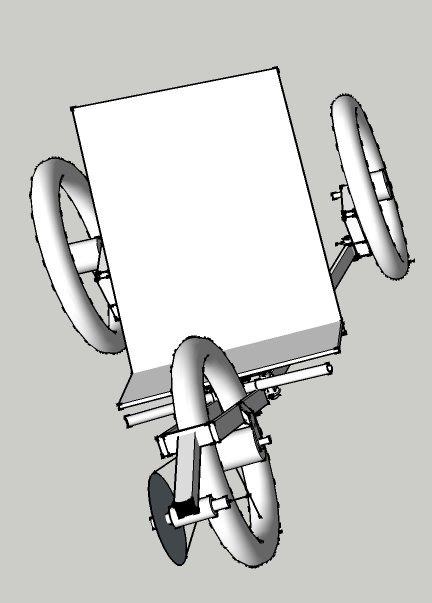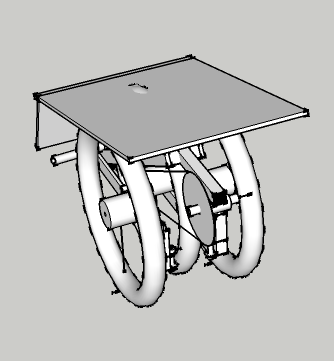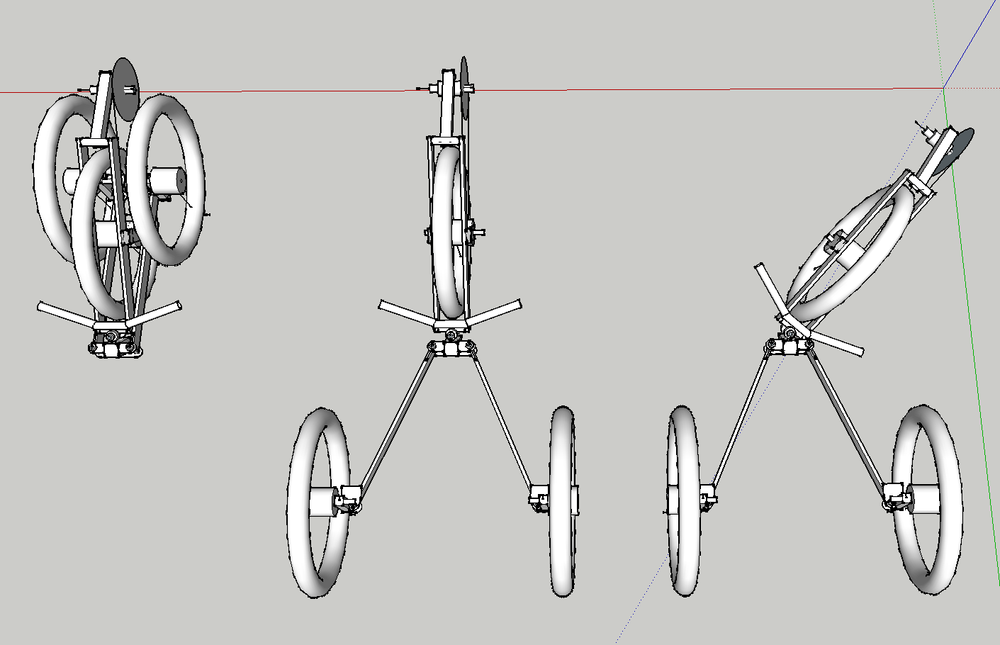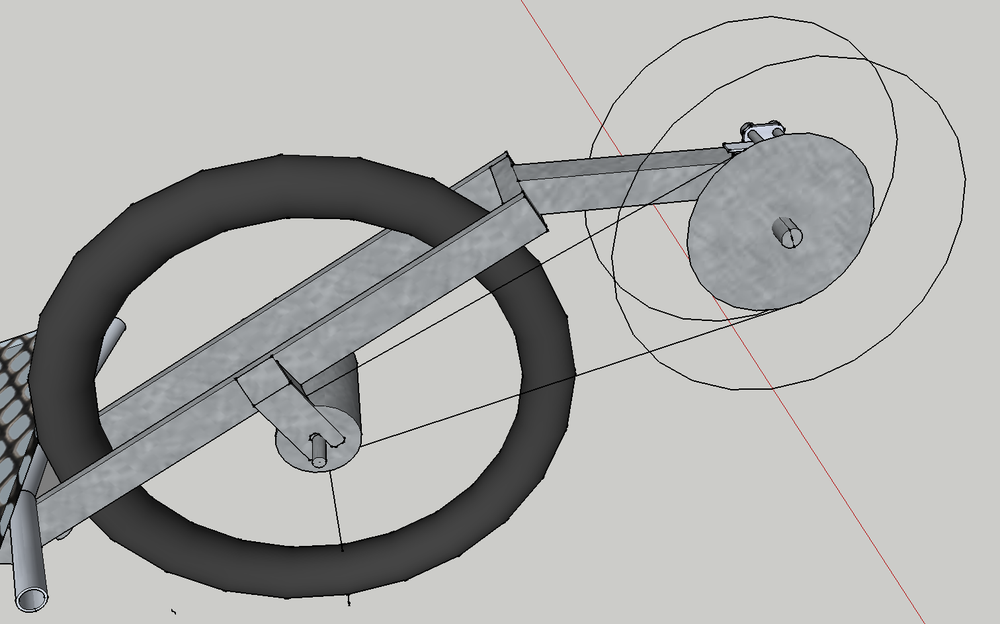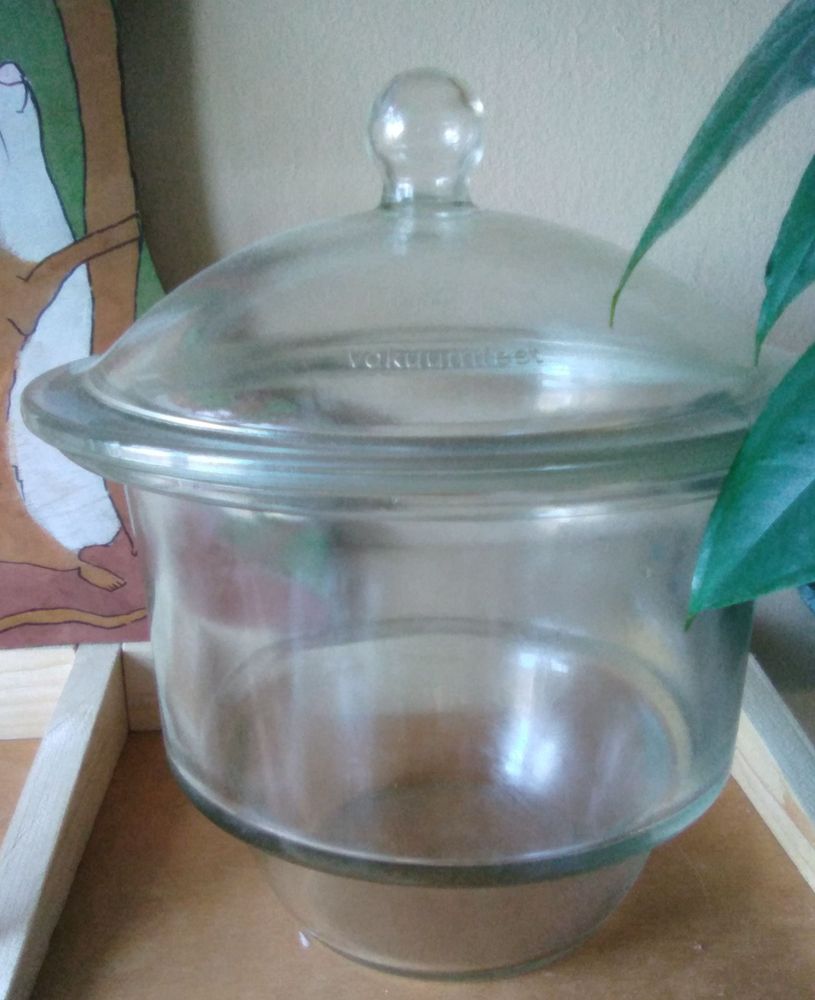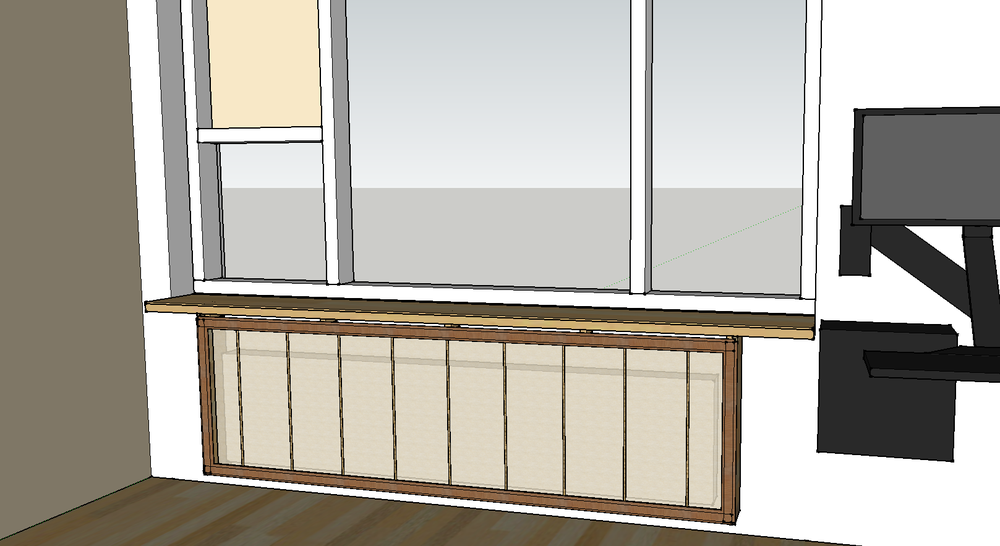I want to make my own soap-free laundry detergents; one for wool wash and one for general laundry. The general one should use aggressive surfactants, the wool one must obviously be mild. I haven’t made any detergent before.
I’m starting off my research here at thethingswe’llmake, where they use liquid SLS, coco betaine, and decyl glucoside as surfactants, salt as a thickener, and preservatives. This looks like a great recipe for cotton and synthetics, but the SLS is too harsh for wool.
Wool is in some ways similar to human hair, and on hiking trips I’ve used my (CG) shampoo bar for washing my wool clothes. I think if ingredients are not CG, they are probably not good in a wool wash detergent too. Handwashing with mild shampoo seems to be considered safe.
Wool wash detergents typically contain:
- Surfactants such as SCS, lauryl glucoside, and cocamidopropyl betaine – similar to some shampoos.
- Emollients like lanolin (wool fat). Typically 0-1%, or 5-7.5% in lanolin replenishing formulations. However lanolin is probably not what I want, it’ll prevent moisture wicking of the garments.
- Preservatives such as potassium sorbate or 2-phenoxyethanol
- pH adjusters such as citric acid – pH should be neutral to acidic (pH<4 can help preserve)
I guess I could just adjust the thethingswe’llmake formulation to use a milder anionic surfactant:
- 5% SCI – poorly soluble so mix with coco betaine first (melt the surfactant phase?)
- 5% Coco betaine
- 3% Coco glucoside
- 2% table salt
- pH adjustment to pH 5-7 is ideal for wool, pH <5.5 is ideal for Geoguard, pH >6.0 is best for SCI because otherwise it will start to hydrolyse. Maybe another surfactant or preservative? Aim for pH 5.5-6.0 otherwise
- 1% Geoguard
